I know you want to paint, dance, or write. I know you are ready to get started, but the first thing to do is...
Breathe.
When we are frightened we breathe more quickly, more shallowly. This build up of oxygen signals our bodies that we are in distress and that there is a good possibility that we are going to have to fight or run. Our big muscles will need that oxygen to protect us. The limbic brain takes over, the prefrontal cortex politely steps aside, stress hormones are released and our hearts pound. The frightening event causes our distress which causes our over-oxygenated breathing.
The reverse is also true. When we breathe quickly or shallowly we trick our bodies into thinking we are in distress. The breathing causes our distress which causes us to become frightened.
You need to build up carbon-dioxide. Deep breathing gives the body time to notice that it has excess carbon dioxide that needs to be expelled. This signals to our bodies that we are safe, the prefrontal cortex comes back on and starts thinking about thinking again. Fear hormones subside. Anxiety recedes.
What does any of that have to do with arts-based groups? When you breathe, you relax and become more open to the group. When you breathe together, you bond. Learning to breathe is a powerful tool for self-regulation. It is one of the few body systems that is both voluntary and involuntary. It is one of the few things we do that affect us both individually and corporately. It is important to every single modality of creative expression. It is has applications physically, emotionally, mentally and spiritually.
The Hebrew word for spirit is the same as the word for God’s breath: ruach. The word for inspiration also finds its roots in the word for breath: spir.
Think about breathing before you begin anything as a way of saying grace without words. Take three full breath cycles together, draw your breath, move to your breath, paint with your breath…
Breathe.




